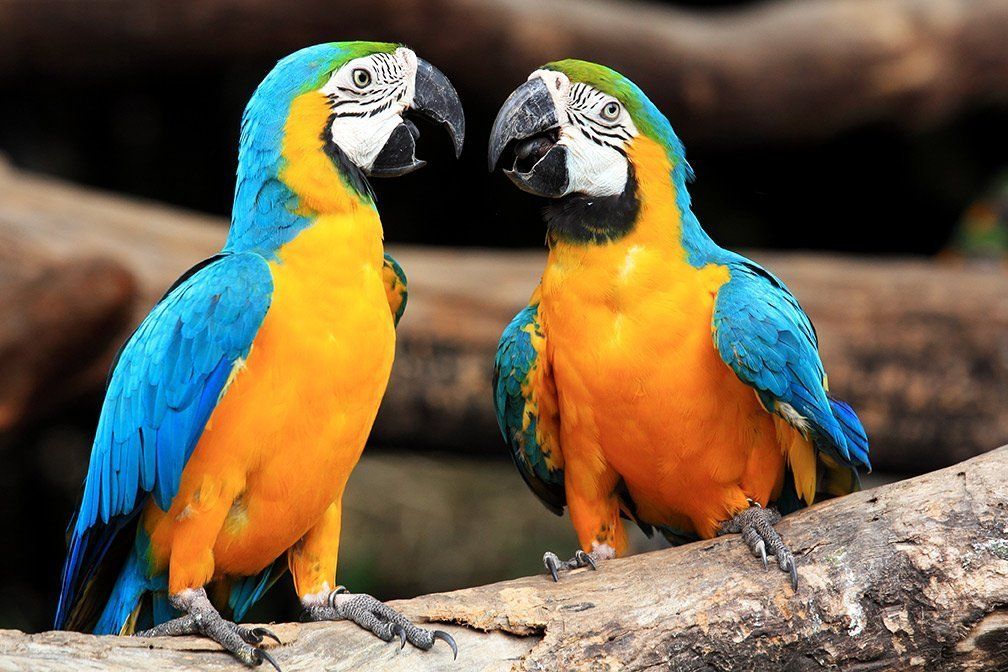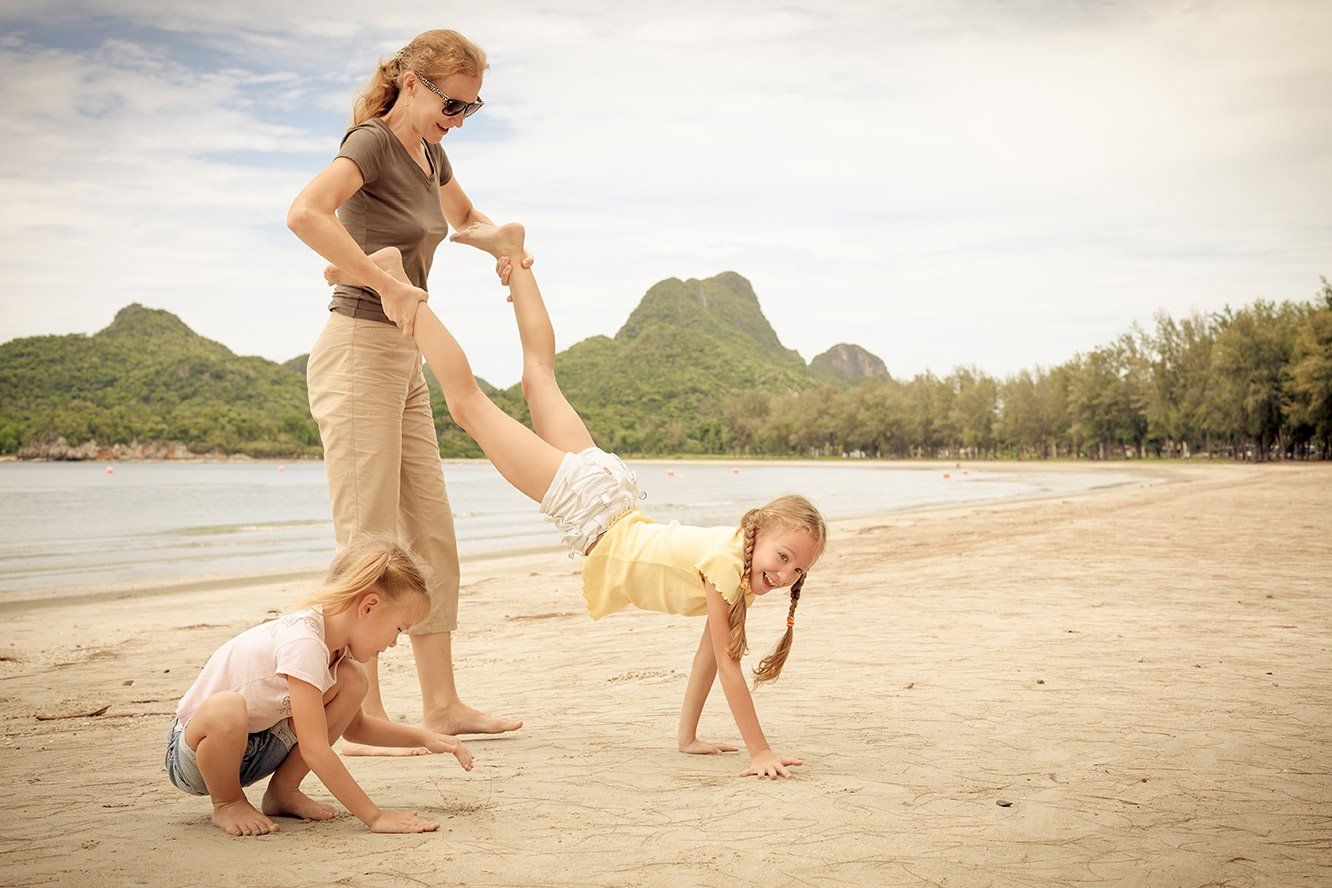The Top Christmas Tax Questions
Christmas Tax Questions
The key to Christmas presents for your team is to keep the gift spontaneous, ad hoc, and from a tax perspective, below $300 per person.
Staff gifts
The key to Christmas presents for your team is to keep the gift spontaneous, ad hoc, and from a tax perspective, below $300 per person. $300 is the minor benefit threshold for Fringe Benefits Tax (FBT) so anything at or above this level will mean that your Christmas generosity will result in a gift to the Tax Office as well. To qualify as a minor benefit, the gifts also have to be ad hoc (no ongoing gym membership payments or giving the same person regular gift vouchers amounting to $300 or more).
A question we often get is what is the tax impact if you give your team say a hamper and a gift card? The good news is that the tax rules treat each item (the hamper and the gift card) separately. FBT won’t necessarily apply as long as the value of each item is less than $300. However, the minor benefits exemption is a bit more complex than this. For example, you need to look at the total value of similar benefits provided to the employee across the FBT year.
If you are planning to provide your team with a cash bonus rather than a gift voucher or other item of property, then this will be taxed in much the same way as salary and wages. A cash bonus at Christmas is not a gift; it’s still income for the employee regardless of the intent. A PAYG withholding obligation will be triggered and the ATO’s view is that the bonus will also be treated as ordinary time earnings which means that it will be subject to the superannuation guarantee provisions unless it relates solely to overtime that was worked by the employee.
The staff Christmas Party
If you really want to avoid tax on your work Christmas party then host it in your office on a work day (COVID rules allowing!). This way, Fringe Benefits Tax is unlikely to apply regardless of how much you spend per person. Also, taxi travel that starts or finishes at an employee’s place of work is also exempt from FBT. So, if you have a few team members that need to be loaded into a taxi after overindulging in Christmas cheer, the ride home is exempt from FBT.
If your work Christmas party is out of the office, keep the cost of your celebrations below $300 per person. This way, you won’t generally pay FBT because anything below $300 per person is a minor benefit and exempt
If the party is not held on your business premises, then the taxi travel is taken to be a separate benefit from the party itself and any Christmas gifts you have provided. In theory, this means that if the cost of each item per person is below $300 then the gift, party and taxi travel can all be FBT free. However, the total cost of all benefits provided to the employees needs to be considered in determining whether the benefits are minor.
The trade-off to this is that if the costs associated with hosting the party are not subject to FBT then it would be difficult to claim a tax deduction or GST credits for the expenses.
If your business hosts slightly more extravagant parties and goes above the $300 per person minor benefit limit, you will generally pay FBT but you can also claim a tax deduction and GST credits for the cost of the event.
Client gift giving
Few of us have that much time in the diary for pre-Christmas entertainment so why not give a gift instead? In addition to a few extra hours saved and a lot less calories to work-off (most of us are still struggling post lock down), there is also a tax benefit. As long as the gift you give to the client is given for relationship building with the expectation that the client will keep giving you work (that is, there is a link between the gift and revenue generation), then the gift is generally tax deductible as long as it doesn’t involve entertainment.
Entertaining your clients at Christmas is not tax deductible. If you take them out to a nice restaurant, to a show, or any other form of entertainment, then you can’t claim it as a deductible business expense and you can’t claim the GST credits either.
Charitable gift giving
The safest way to ensure that you or your business can claim a deduction for the full amount of the donation is to give cash to an organisation that is classified as a deductible gift recipient (DGR).
There are a few rules that make the difference between whether you will or won’t receive a tax deduction. The charity must be a DGR. You can find the list of DGRs on the Australian Business Register.
- If you buy any form of merchandise for the ‘donation’ – biscuits, teddies, balls or you buy something at an auction – then it’s generally not deductible (the rules become more complex in this area). Your donation needs to be a gift, not an exchange for something material. Buying a goat or funding a child’s education in the third world is generally ok because you are generally donating an amount equivalent to the cause rather than directly funding that thing.
- The tax deduction for charitable giving over $2 goes to the person or entity whose name is on the receipt.
If your business is making a donation on behalf of someone else, such as a client or that friend ‘who has everything’, it will depend on how the donation is structured. The tax rules generally ensure that the deduction is available to the individual or entity who actually makes the gift or contribution. Having receipts issued in someone else’s name can make this more complex.



